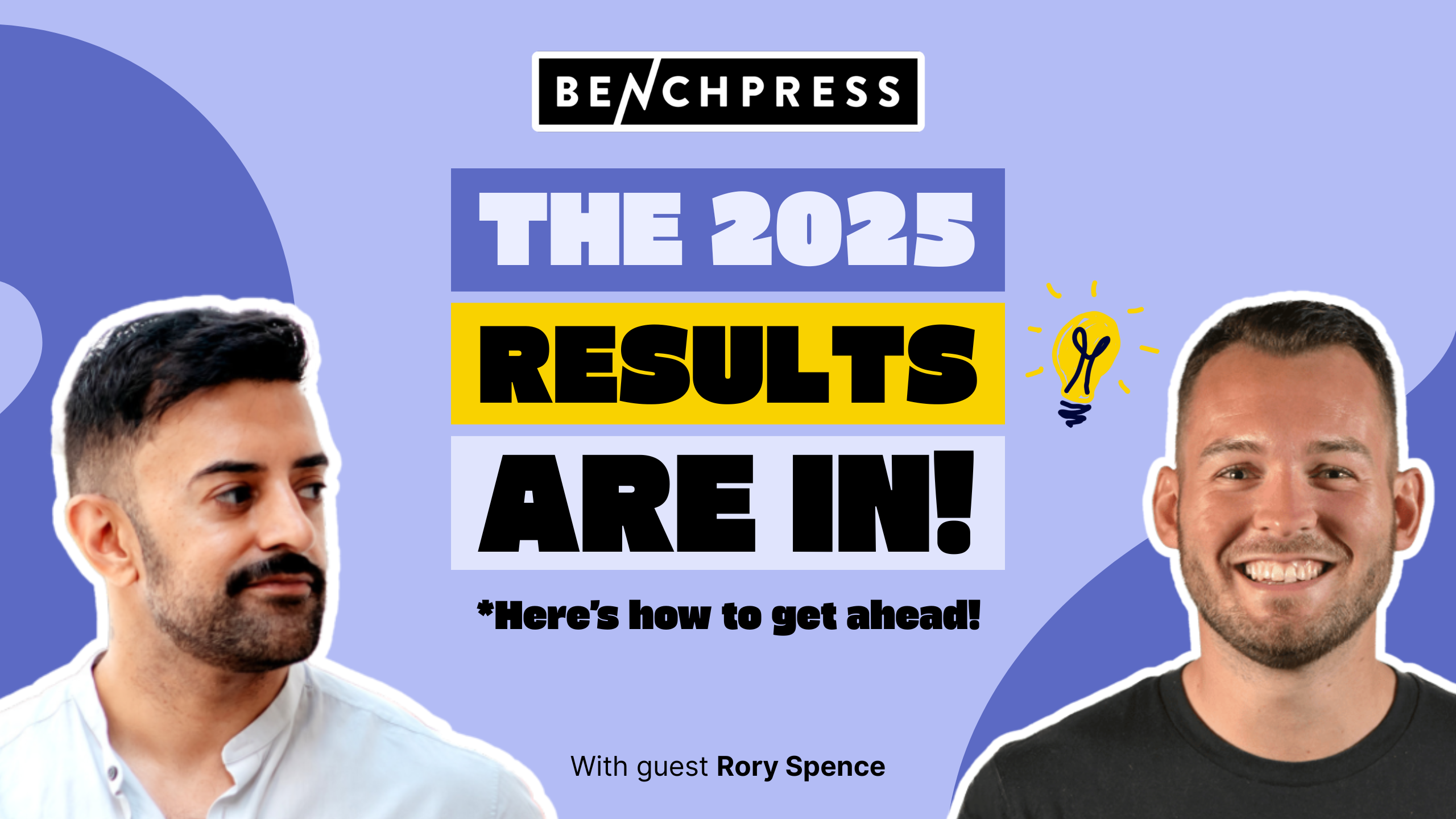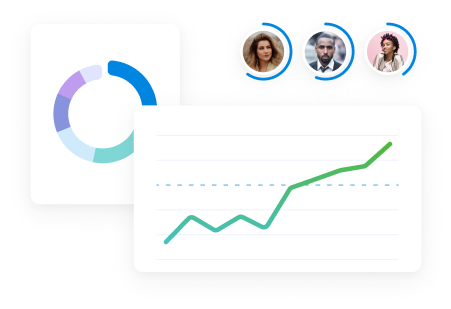
What metrics do you rely on to guide your decisions?
The metrics you track usually depend on how mature your business is.
In the early stages of maturity, agencies tend to just hope their income exceeds their expenses.
Later, when more control and structure is brought in, we tend to start looking at lagging metrics. How did we do last month? What was our billable utilization? How much did we invoice?
The problem with relying on past data is that it doesn’t give you a clear picture of what’s coming next.
If you’re only looking back, you end up being reactive and having to make guesses about critical business decisions – the result is usually wasted money due to unoptimized work allocation, or on the flip side, team burnout due to unsustainable workloads. You’re always a step behind.
The goal we should be striving for is having a clear idea of what’s coming up with leading metrics – so we can make proactive decisions on staffing, our ability to deliver work, and on our sales and marketing strategies.
I’ve worked at places that have been in each of these stages. It’s at that later stage, where we started relying on forecasts and data which led to the biggest maturity leap. For example, with our minimum billable utilization requirements in hand and our resource bookings, we were able to ensure that we had capacity to take on the new work that we were pitching on, or whether we needed to negotiate later deadlines.
Additionally, by implementing automated revenue forecasting, we were able to monitor how our sales efforts were contributing to achieving our annual revenue targets.
To learn more about the 5 stages of business maturity and what each one looks like, you can check out a recent interview I did on Jenny Plant’s Creative Agency Account Manager Podcast where I was in the interview seat for a change! It’s titled ‘how to evaluate your agency operations’. Listen on Apple or Spotify.
Back to metrics and agency finances. How do you get to the stage where you’re able to look forward? And what should you even be tracking?
That’s what I discussed with agency FinOps consultant, Richard Brett, in the latest episode of The Handbook Podcast. Rather than figuring it out on your own, Rich offers practical tips on what to track now to stay ahead in the future. More details on this episode below.
Until next time,
Harv Nagra
Ops consultant & former agency ops director
🎧 The Handbook: The Agency Operations Podcast:
Richard Brett, is a FinOps expert with over 15 years of experience, including a decade in the agency world. Rich dives into the essentials of agency finances and explains why revenue recognition is so important.
He shares key metrics that can help you make better decisions:
Rich also suggests five practical ways to increase profit margins through your agency’s rate cards.
🎧 Listen now on Apple, Spotify, or YouTube.
Key Takeaways:
- Growing sustainably means making decisions that grow your agency’s revenue while maintaining or improving profit margins. It’s ok to spend money, as long as it adds value. Focus on strategic choices which won’t harm your business down the line. (9:01)
- Recognize revenue based on the work actually delivered, not just when you invoice – to accurately match revenue with costs. This helps you make informed hiring decisions based on workload rather than invoicing dates. (11:20)
- Recovery tells you the proportion of time spent on client work that is actually paid for by the client. This shows the true effectiveness of your utilization. By looking at both recovery and revenue recognition, you can identify over-servicing or under-servicing. (18:04)
- Even if everyone at your agency is busy, you might not be making money because you’re doing unpaid work, not charging enough, or have high costs elsewhere. By digging into your data and using good tools, you can figure out what’s going on and make better choices to boost your profits. (21:37)
- If you compare your revenue recognition with your forecasts, you can spot when work you’ve booked doesn’t match what’s in your forecast. This lets you adjust your resources ahead of time – maybe shift people around or talk to clients about budgets. If you’re only looking at timesheets, it’s always too late to make changes since the work has already been done. (23:43)
- Put together a rate card that’s set up the right way and that clients are willing to buy. Remember that there are multiple levers you can pull in your rate cards to boost your margin – those include price, utililization, recovery, and your overheads. Whether you use blended rates, or ideally rates based on seniority – make sure your team understands how it works and sticks to the agreed hours. (30:59)
- As your business matures, having a solid system in place is key for successful growth. (36:46)
Learn more:
📕 Case Study
Learn how this agency increased billable utilization and cut overservicing.
🔎 Help Center
See how Scoro automates revenue recognition, providing you with an accurate revenue forecast.
💡 Blog Article
See how to easily monitor and forecast project costs and profit margins – to keep your projects on track.




